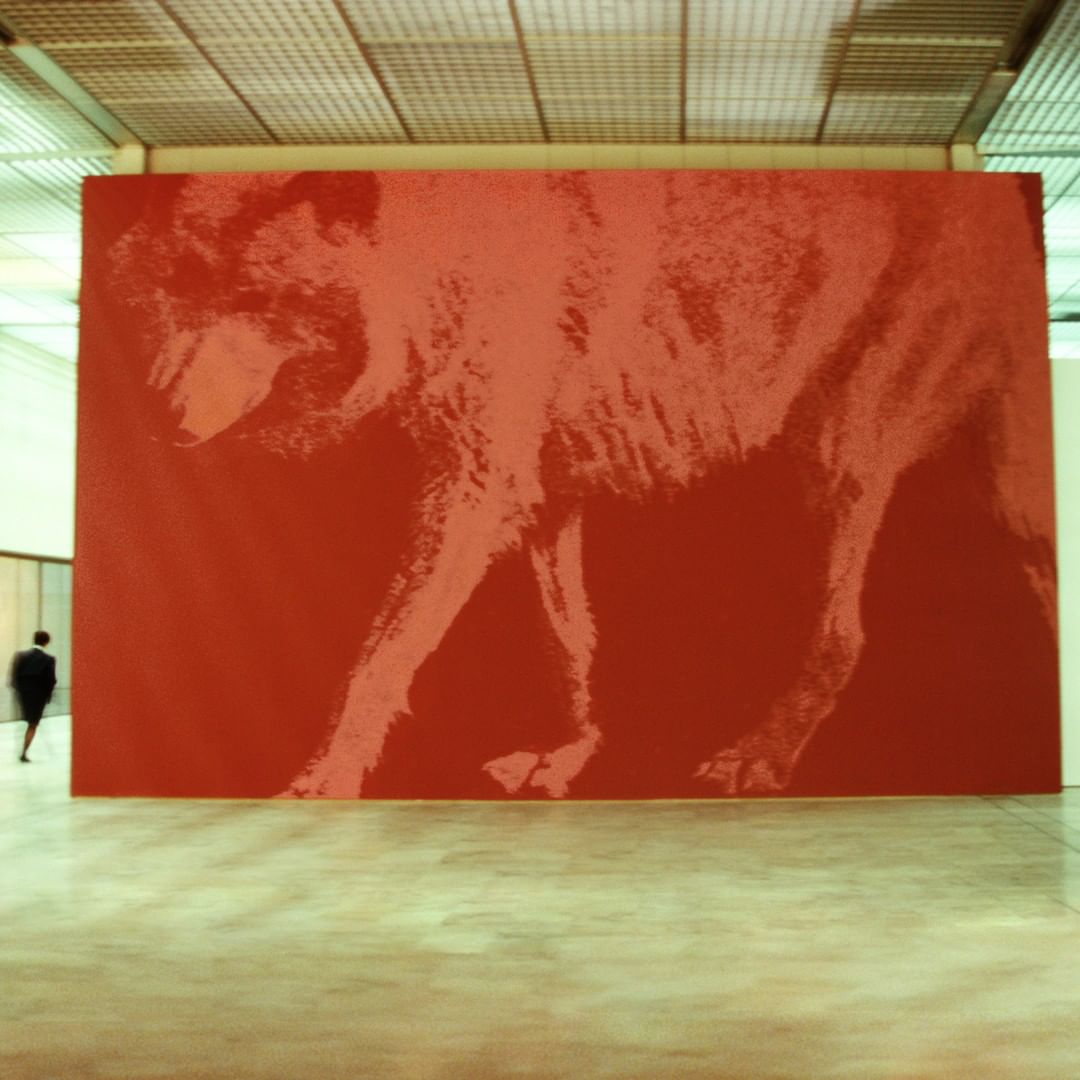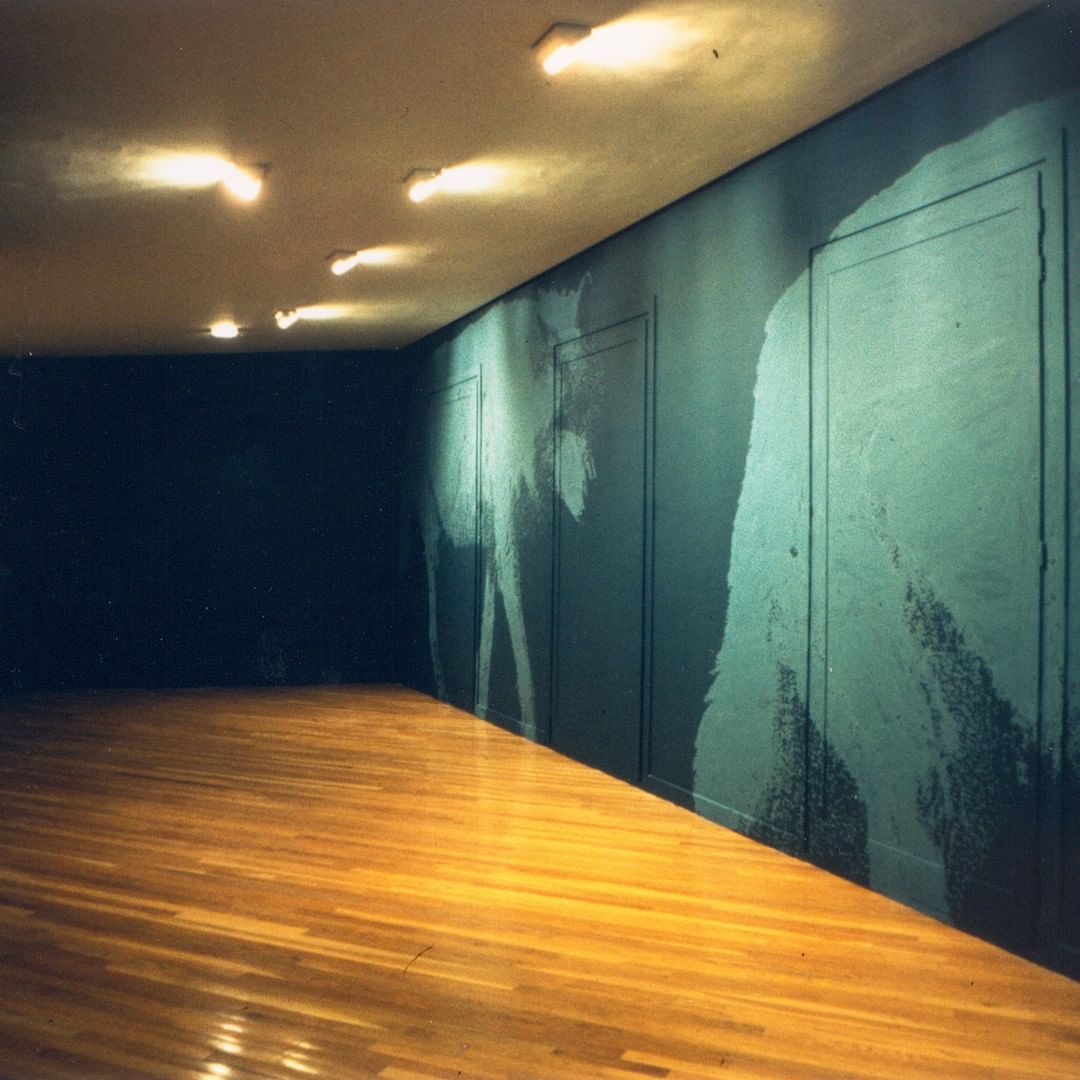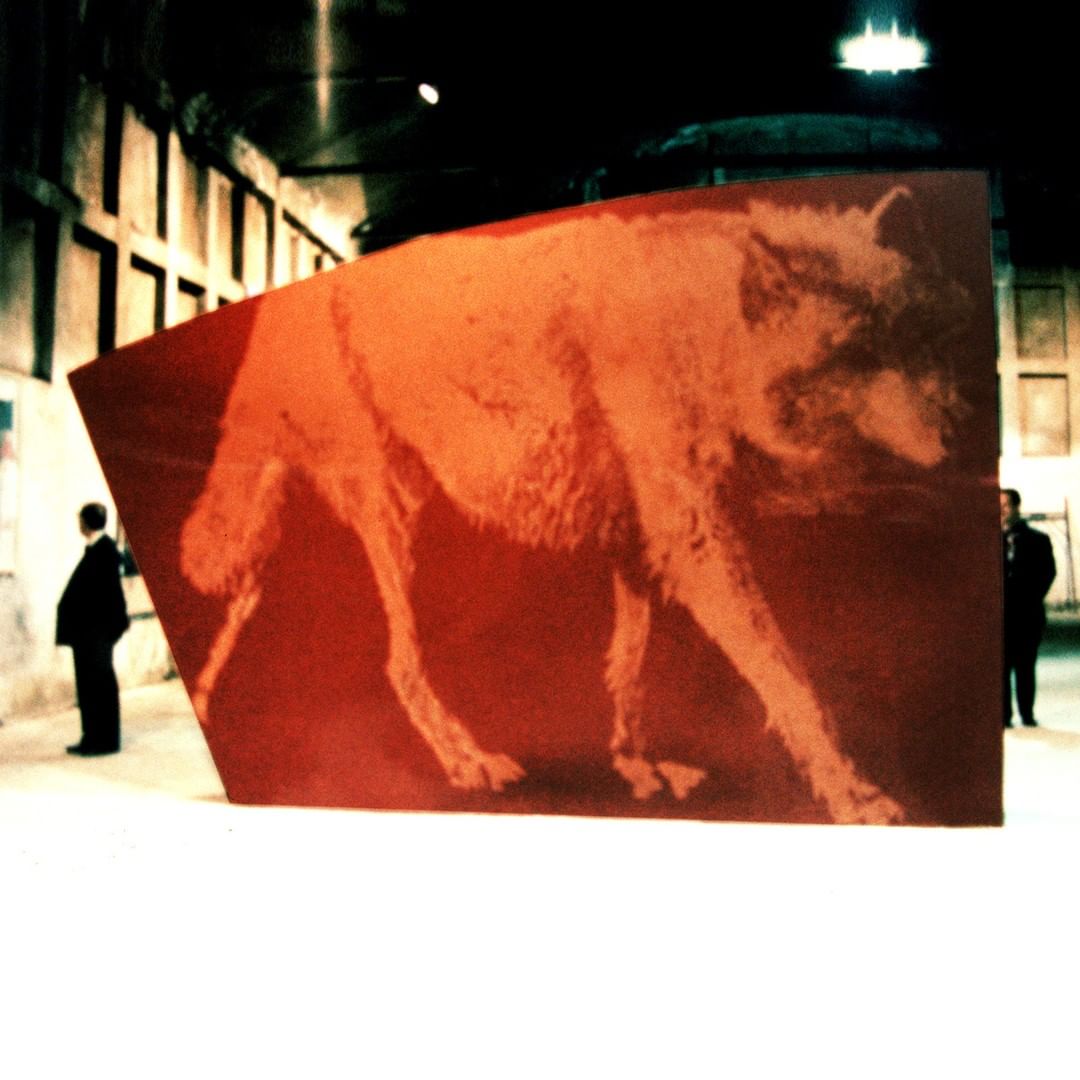Lupus Viator, 2000 – Asunción, Paraguay⠀
Darya von Berner⠀
⠀
AECID, Centro Cultural de España@juandesalazarpy⠀
Asuncion, Paraguay, 2000⠀
Audio installation, 200 mirrors, 100 books Lupus Viator⠀
Photo: Gabriela Zucolillo⠀
⠀
The artist invited a number of Paraguayan artists to collaborate in this presentation. The intention was to collectively engage in the meaning of Lupus Viator with the outcome of a sound work. Instead of turning reality into art, art became reality.⠀
⠀
Director: Lilo Acebal⠀
⠀
Audio installation, 200 mirrors, 100 books Lupus Viator⠀
Photo: Gabriela Zucolillo⠀
⠀
The artist invited a number of Paraguayan artists to collaborate in this presentation. The intention was to collectively engage in the meaning of Lupus Viator with the outcome of a sound work. Instead of turning reality into art, art became reality.⠀
⠀
Director: Lilo Acebal⠀
⠀
⠀
The project Lupus Viator (latin: wolf walking) began as a series of monumental painted installations of an ephemeral nature and realised in situ. Later the project continued to evolve over a period of 7 years. It travelled to 7 different countries worldwide. ⠀
Taking into consideration its extensive duration, as well as its territorial movements, from country to country, Lupus Viator can be understood almost like a mythical pilgrimage, which covers the trails and places, where wolves have formerly roamed in abundance, before the species has widely become extinct.⠀















